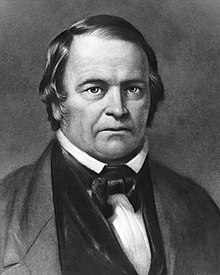I may have mentioned this book before, not sure, but I just finished it this week and am still intrigued. Mainly, I guess because I was in and around Austin, TX during the 1960s. No, I didn't moved to Austin until the last 60s and then only for about 16 months. I moved here for twelve years beginning in 1987. My Dad and Bonus Mom moved to Austin in 1957. They both worked at the State Offices of the State Employment Commission (now known as Texas Workforce Commission.) And because my family lived in Austin, I visited often. I'm sure I knew like most people that Austin had a certain criminal element, but Organized Crime?
Mr. Sublett's true crime book is outstanding for the history buff and for the crime writing gang. Okay, the Austin mobs weren't exactly like the old Italian mobs I've read about in crime stories and saw in movies like The Godfather. But the elements of crime were organized even if it could be considered a rather loose organization. Mr. Sublett says it was called a White Trash mafia.
Two high school football players, Tim Overton of Austin TX had every thing a young footballer could ever hope or dream for and yet threw it all away for a life of crime. Tim Overton a youngster from the wrong side of town whose mother died from a brain tumor when he was a senior in high School was a big offensive guard and Mike Cotton,a running back. from the more affluent side of town both received athletic scholarships from the new head coach Darrel Royal. Mike Cotton stayed out of the crime business, but Tim was drawn deeper and deeper into that world.
Tim Overton didn't just go nuts after his mother died, although some people thought he was really never the same. He did go on to college and was making decent grades that first year. After his first problems with the police, Coach Royal helped Tim and gave him more than one opportunity. Overton idolized Coach Royal and felt the coach turned his back on him. Probably harder on the coach than Tim Overton ever realized.
Before long, Tim and his associates or crew were driving Cadillacs, wearing diamond pinkie rings and running roughshod over prostitutes, pimps, banks and small businesses. Tim was involved with crooked lawyers, pimps and used car dealers. Smuggling and prostitution rings were high on the White Trash Mafia's plans and crimes. Murder often came into play and trying to outsmart the police was a big order of the day.
Mr. Sublett has done fantastic research, with court transcripts, police files, Austin History Center files, talking to people who were around then and knew the players. He was able to also come up with photos of the players, their families, their victims and suddenly you realize while you're reading that you are totally involved with this story. Not to romanticize these criminals, but to be interested in the history of a town you've been in and around for over fifty year and a history you actually weren't aware of and in a way surprised about it.
If you have a chance and are interested in the history a small time frame of the capitol of Texas, I strongly advise you to pick up a copy of 1960s Austin Gangsters by Jesse Sublett.
A little personal note: Here's a photo of the beautiful Sage Award that was presented to me on May 17th from the Barbara Burnett Smith Aspiring Writers Foundation. It's lucite and has a silver colored star on top and is engraved. My picture wasn't the best but I think you can get a sense of it.













